On October 1, “An Exhibition Commemorating the Southward Evacuation of the Palace Museum’s Artifacts” opened to the public at the Gate of Divine Prowess (Shenwu men) Exhibition Hall. The exhibition features over 100 items (or sets) of archival documents and valuable cultural artifacts, offering a comprehensive and in-depth exploration of the Palace Museum’s arduous excavation journey to the south.
The exhibition on this heroic cultural legacy is co-hosted by the Palace Museum, the National Humanity History Magazine under People’s Daily Press, and the Sheen Chuen-Chi Cultural & Educational Foundation, and co-organized by the Palace Museum’s Archive (Museum History Exhibition Hall) and China Mobile’s Migu Cultural Technology Co., Ltd. The exhibition will run until December 31, 2025.
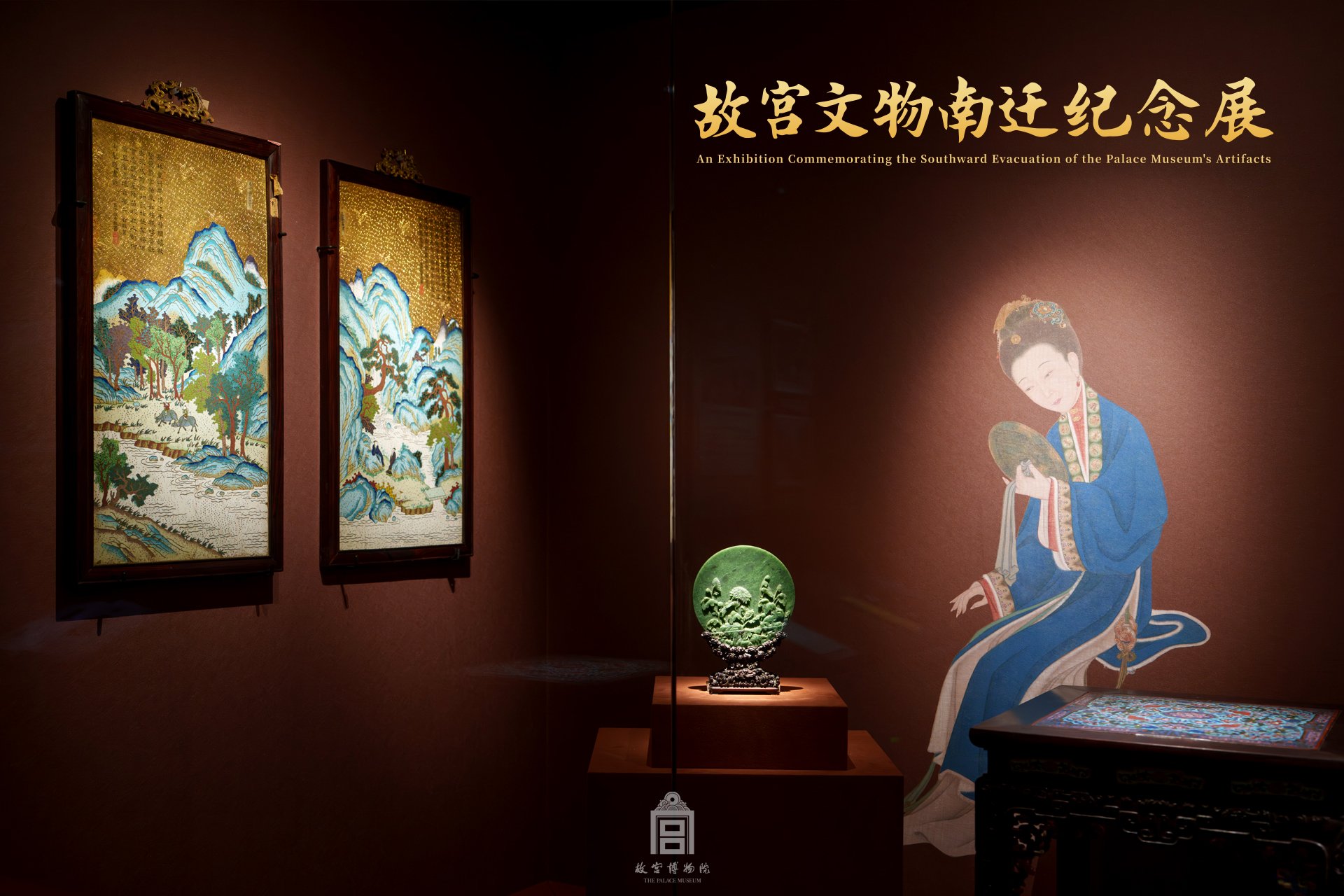
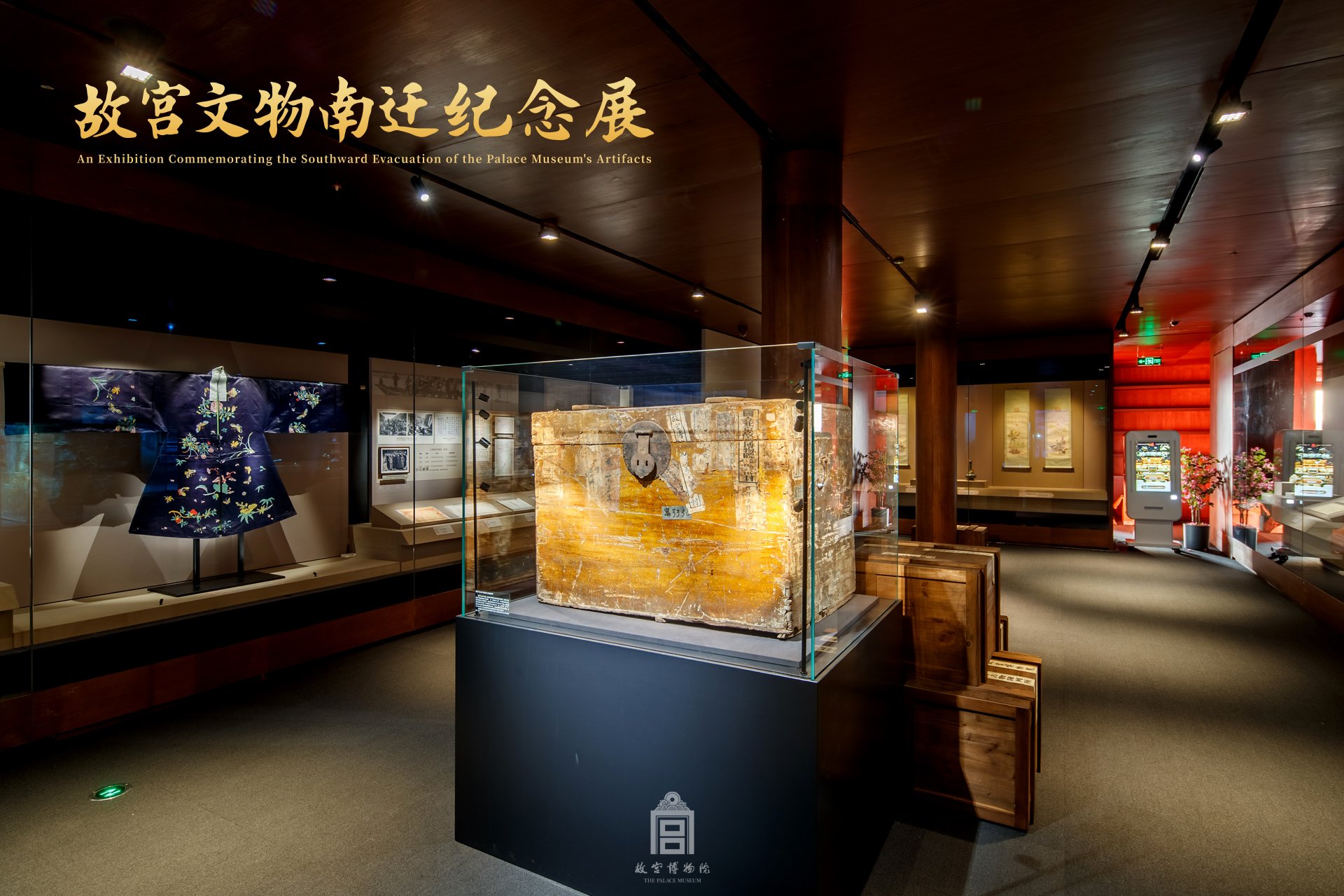
The exhibition’s opening ceremony was held on September 30 at the Palace Museum. Guests who delivered speeches included Wang Xudong, a member of the Central Committee of the Communist Party of China (CPC) Leadership Group of the Ministry of Culture and Tourism and director of the Palace Museum; Xu Lijing, deputy editor-in-chief of People’s Daily Press; Shi Jingwen, secretary general of the Sheen Chuen-Chi Cultural & Educational Foundation; and Xiang Yang, Party secretary and general manager of Migu Cultural Technology Co., Ltd.
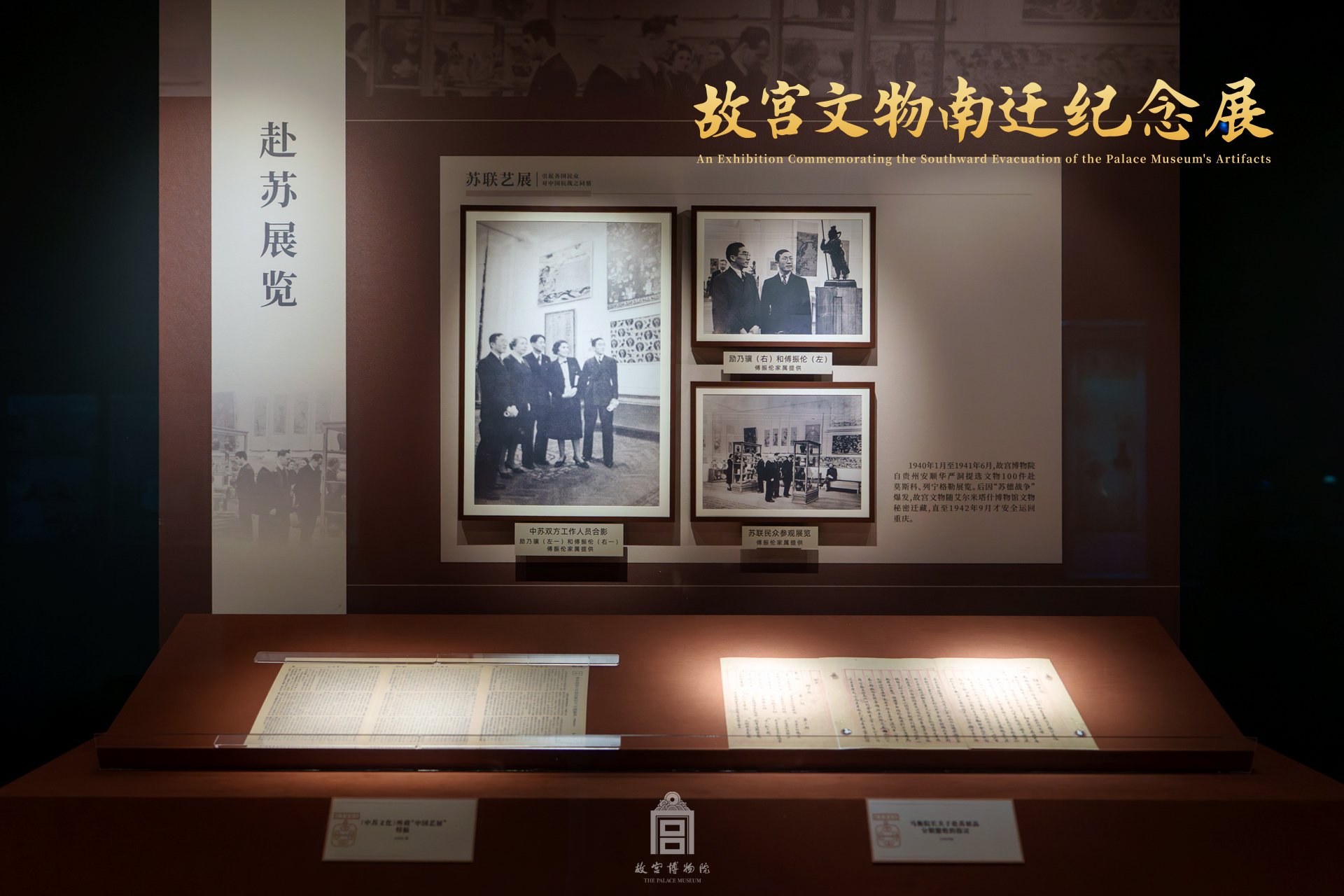
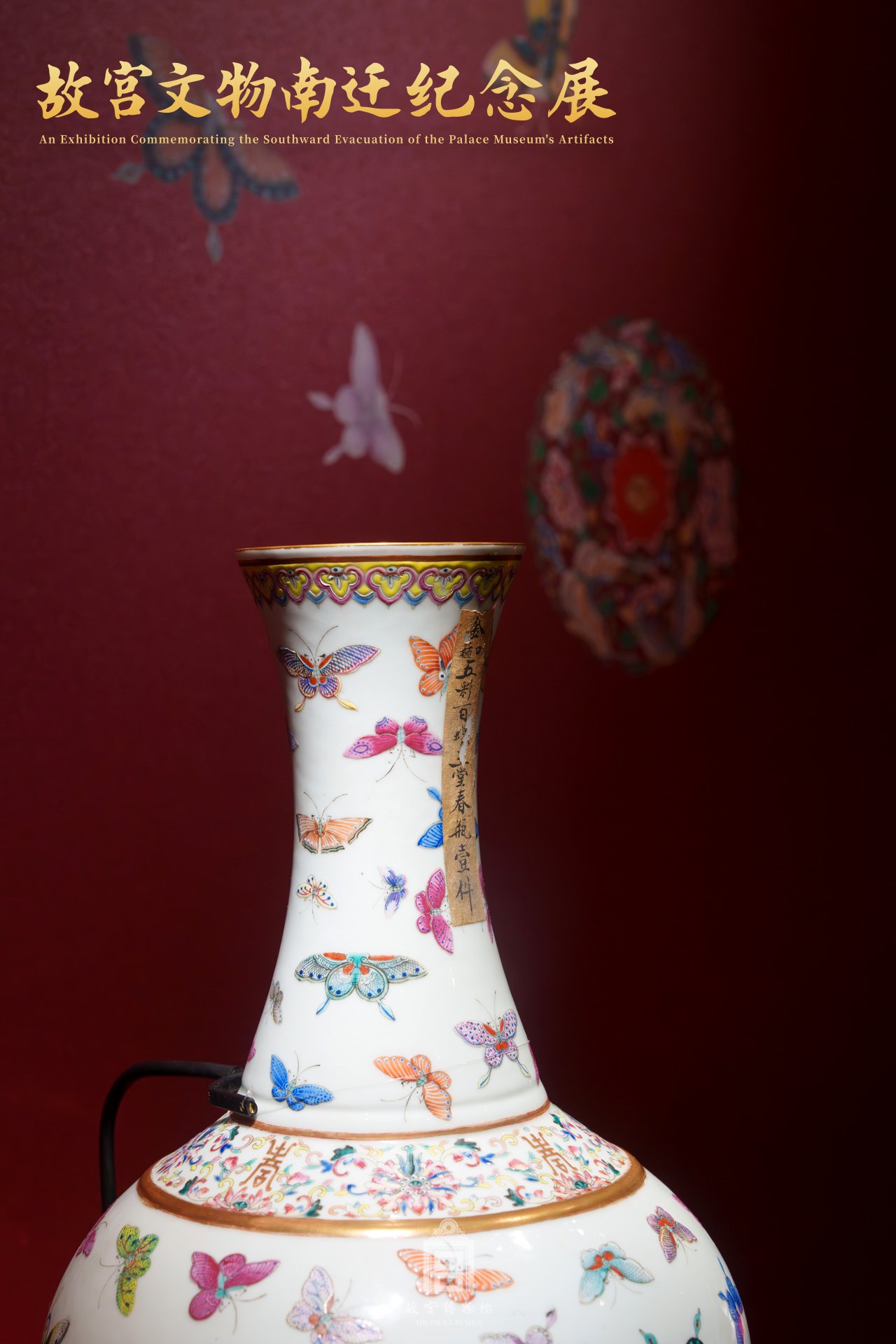
Other guests included Shen Beili, Party secretary and vice chairperson of the China Soong Ching Ling Foundation; Du Haijiang, Party secretary and deputy director of the Palace Museum; Zheng Xinmiao, former director of the Palace Museum; Li Hui, deputy director of the Cross-Strait Economic and Technological Cooperation Center under the Taiwan Affairs Office of the State Council; Feng Mingzhu, former director of the Taipei Palace Museum; Li Xiaoliang, deputy director of the General Office of the Ministry of Culture and Tourism; Qing Zhu, second-level inspector of the Cultural Relics and Historic Sites Department under the National Cultural Heritage Administration (NCHA); Zhu Ye, deputy director of the International Exchange and Cooperation Department of the NCHA; Tang Fei, Party secretary and director of the Sichuan Provincial Cultural Heritage Administration; Song Xinchao, chairman of ICOMOS China; and Li Xiaocheng, chairman of the Forbidden City Cultural Heritage Conservation Foundation. Wang Yuegong, vice president of the Palace Museum, presided over the opening ceremony.
The southward evacuation was an extraordinary chapter in the Chinese People’s War of Resistance against Japanese Aggression. Artifacts were relocated from North China to different provinces in the country’s southwest region. Over two decades, these precious artifacts travelled thousands of miles—from grand ancient palaces to Western-styled villas in foreign concessions, from modern storehouses made of iron and steel to mountain caves and rural ancestral halls. During those challenging years, individuals, driven by a profound sense of duty, worked tirelessly to preserve the roots and lifeblood of Chinese culture, leaving behind moving stories and enduring legacies.
The exhibition is divided into three sections. The first section, titled “Southward Evacuation and Northern Return: Timeless Guardianship of National Treasures,” offers a comprehensive overview of the drifting and migrating life of the Palace Museum’s artifacts from the 1930s to the 1950s. Featuring archival documents, historical images, and artifacts that were part of the evacuation, it shows in detail the full journey of the evacuation, beginning with relocation from Peiping (now Beijing) to Shanghai and Nanjing. When the war situation shifted, the artifacts were moved in three batches to Sichuan and Guizhou. After the founding of the People’s Republic of China, most of the artifacts returned to Beijing, with some preserved in Taiwan due to social changes.
The second section, titled “Revival of Ancient Artifacts and the Continuation of Cultural Heritage,” is a combination of archival documents (e.g. exhibition posters, newspaper albums, item catalogues) and artifacts (e.g. bronze wares, porcelain, jade ware, calligraphy and paintings) carefully selected by the Palace Museum for exhibition at the “Royal Academy Exhibition of Chinese Art” in London, Moscow and Leningrad (now St. Petersburg) during the War of Resistance. The section also included records of calligraphy and painting exhibitions hosted by the Palace Museum in Southwest China to thank the local people for their tremendous efforts in preserving these artifacts.
The third section, titled “Keeping the Torch of Cultural Heritage Alive,” chooses to display artifacts that were moved southward and those that were kept in Beijing side by side. By comparing the similarities and related elements of these artifacts, the section illustrates the integrity, continuity, innovation, inclusiveness, and peacefulness of Chinese culture and the unbreakable bond between the artifacts of the Palace Museum and its counterpart in Taipei. It also includes a sculpture of the people who participated in the evacuation.
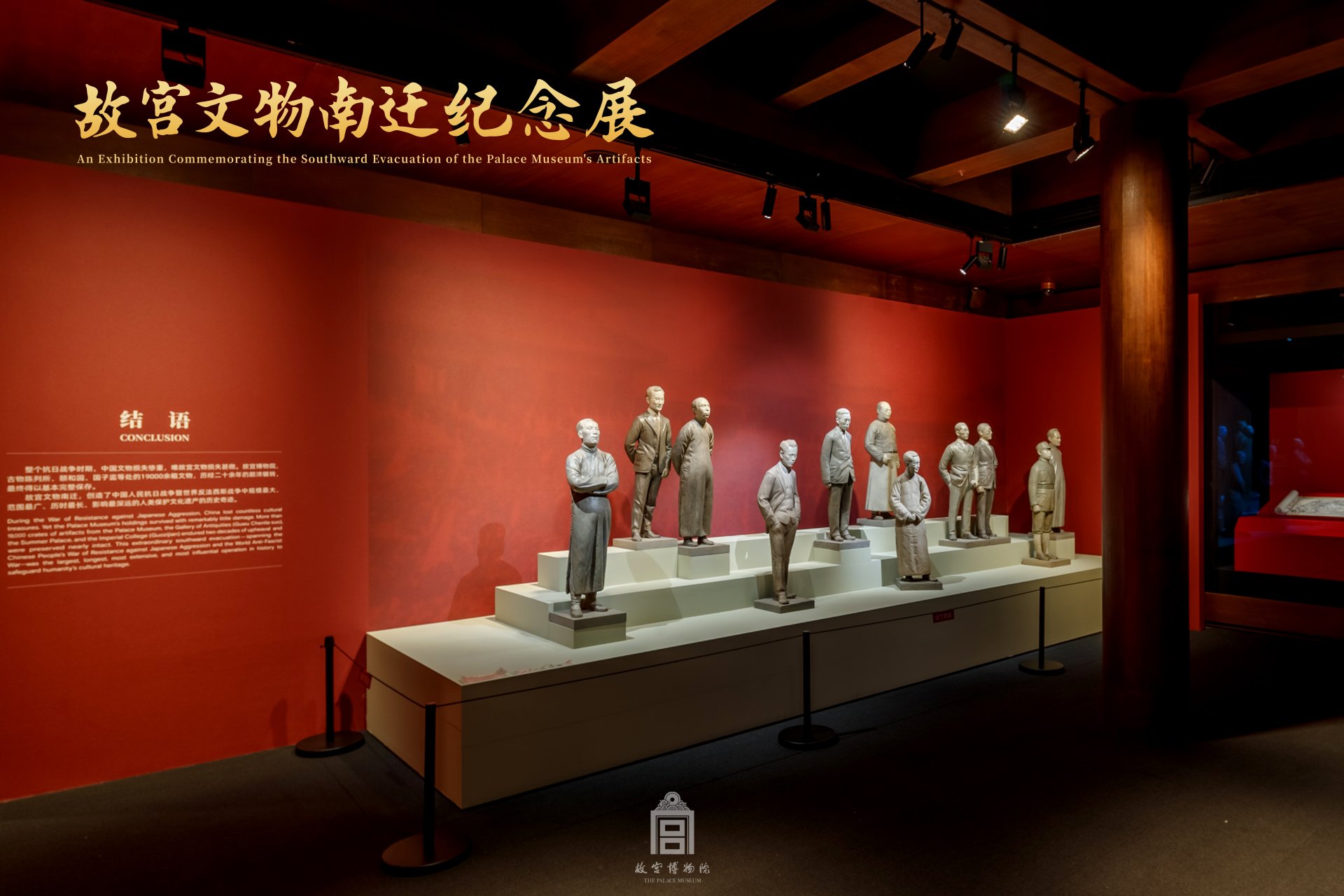
This exhibition utilizes archival documents, historical images, and cultural artifacts from the Palace Museum’s collections, and integrates digital media technology to vividly showcase the museum’s southward evacuation—the relocation, storage and exhibition of the artifacts—during the War of Resistance. “An Exhibition Commemorating the Southward Evacuation of the Palace Museum’s Artifacts” portrays the grand, turbulent history and the collective memory of a great civilization.



